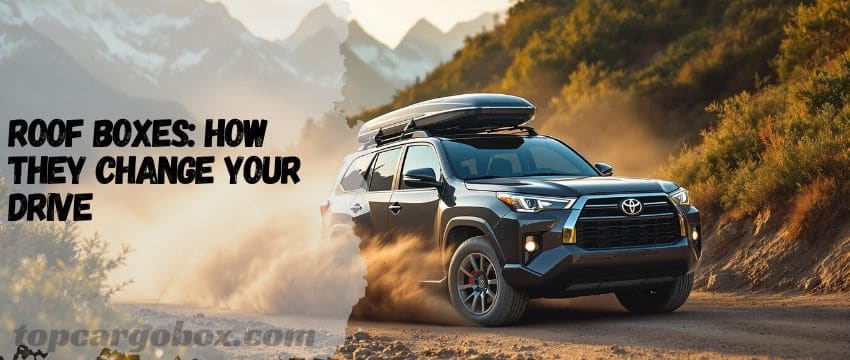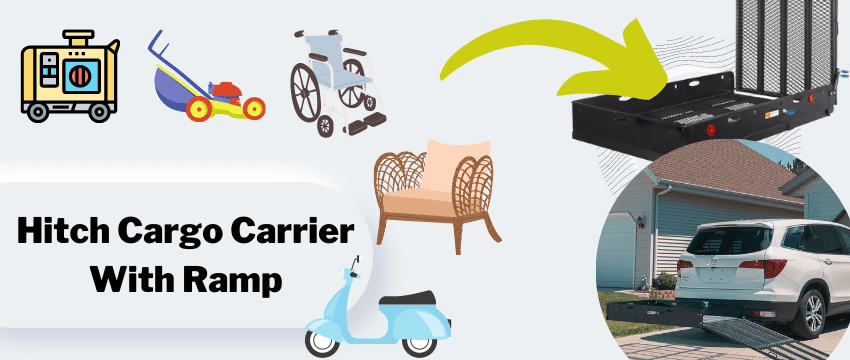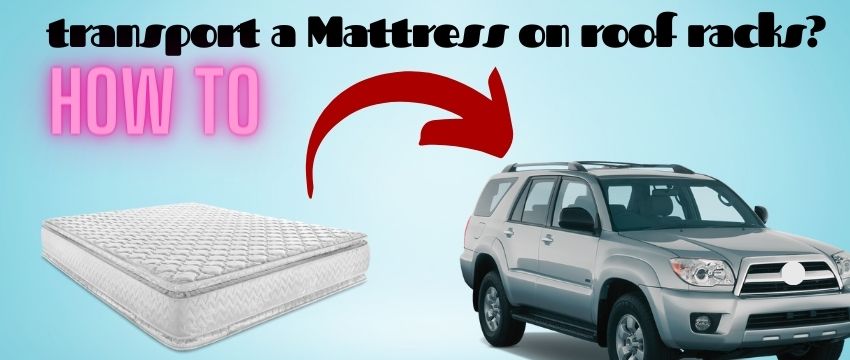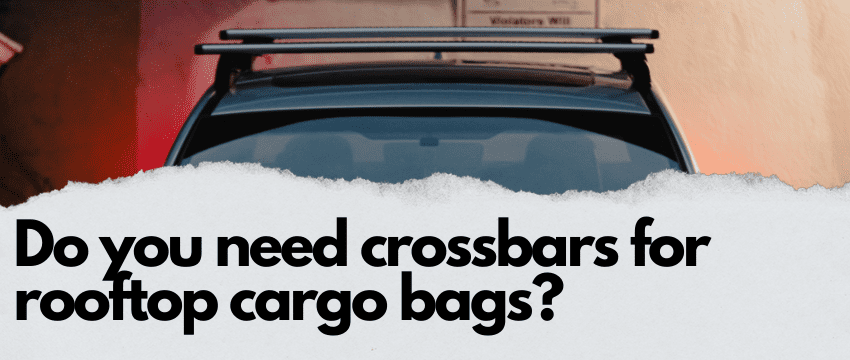What’s up, stargazers? Ever spent hours setting up your astrophotography gear only to have stray light ruin your shots? Ugh, that sucks. Whether it’s streetlights, car interiors, or even your own roof box reflecting glare, light pollution is the ultimate buzzkill. But what if you could turn your roof box into a light-blocking fortress? Let’s dive into how blackout mods can save your astro-adventures—no fancy jargon, just real talk.
Why Your Roof Box Needs a Blackout Mod
Light Pollution Is the Enemy
Imagine this: You’ve driven three hours to a dark sky site, but your roof box’s glossy finish is bouncing light like a disco ball. No way! Even minor reflections can wash out faint stars or nebulae in long exposures. Roof boxes are designed for storage, not light control, so their materials often work against you. A blackout mod tackles this by absorbing or blocking stray light. Think of it as giving your gear a stealth mode.
Protect Your Gear (and Sanity)
Roof boxes aren’t just light leaks—they’re also dust magnets. Ever opened your box to find your lens covered in grime? That’s crazy! Blackout materials like felt or foam add a layer of protection against dust, moisture, and scratches. Plus, organizing your gear in a light-sealed space means fewer mid-night fumbles. No more dropping filters in the dirt while squinting under a headlamp. Legit.
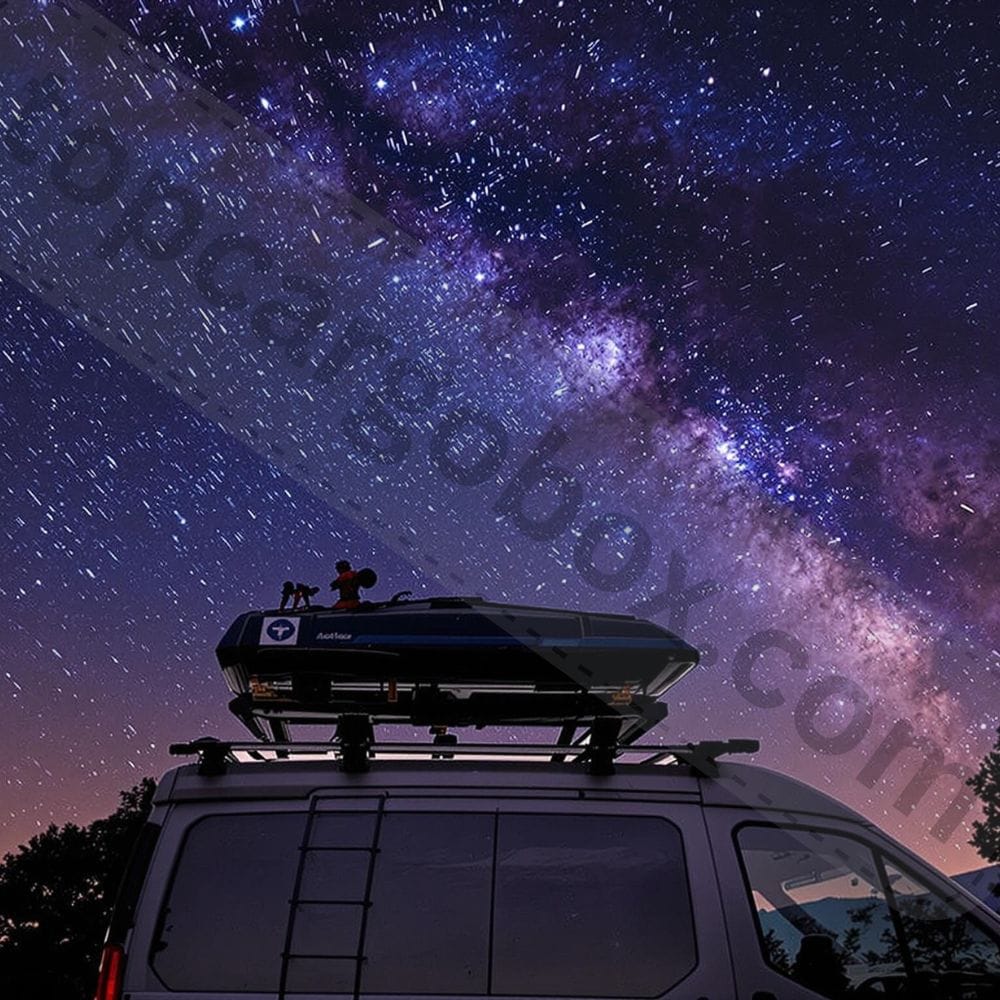
Choosing the Right Roof Box for Modding
Size Matters—But So Does Shape
For real? A bulky roof box might fit more gear, but awkward angles create reflective surfaces. Look for boxes with flat, non-glossy interiors. Aerodynamic designs are great for fuel efficiency, but curved walls can scatter light. Measure your longest gear (looking at you, telescopes) and aim for a box at least 10-15% larger. Pro tip: Rectangular boxes are easier to mod than teardrop shapes.
Material Check: Avoid Glossy Surfaces
If your roof box looks like it’s made for a sports car—shiny and sleek—it’s probably terrible for light control. Opt for matte-finish ABS plastic or fiberglass. Aluminum boxes? Nah. They’re durable but reflect light like a mirror. Some brands offer “non-reflective” options, but double-check reviews. Off the top of my head, Thule and Yakima have decent matte models.
DIY Blackout Mods: Step-by-Step
Basic Mod: Adhesive Light-Blocking Liners
Start simple. Grab adhesive-backed black felt or flocking paper—it’s like velvet for your roof box. Cut panels to fit the interior walls, ceiling, and floor. Press firmly to avoid air bubbles. This cuts reflections by up to 90% and costs under $50. Feeling under the weather? Skip the DIY and order pre-cut liners from astrophotography shops.
Advanced Mod: Magnetic Light Seals
Want to level up? Install magnetic strips around the box opening and attach a blackout curtain. This lets you open and close the box without light sneaking in. Use heavy-duty neodymium magnets and lightproof fabric like blackout cloth. Dude, this mod is lit for multi-night trips. Total time: 2-3 hours.
Essential Features for a Blackout-Friendly Roof Box
| Feature | Why It Matters |
|---|---|
| Matte Interior Finish | Reduces reflections by absorbing light instead of bouncing it. |
| Weatherproof Seals | Keeps dust and moisture out while maintaining darkness inside. |
| Modular Organization | Custom dividers prevent gear from shifting and blocking light seals. |
| Easy-Access Latches | Lets you grab gear quickly without flooding the box with light. |
| Durable Locking Mechanism | Secures expensive gear and maintains seal integrity over bumps. |
Common Mistakes to Avoid
Overlooking Ventilation
Wait, won’t a sealed box trap heat? Totally. Gear left in a hot box can fog lenses or warp mounts. Add small USB-powered fans or passive vents covered with light traps (think baffles or angled ducts). Test airflow by leaving the box closed for an hour and checking the temp. No big deal if you plan ahead.
Ignoring Weight Distribution
Slapping on heavy liners or magnets can throw off your roof rack’s balance. Weigh your mod materials and redistribute gear accordingly. Exceeding your vehicle’s roof load? That’s a long shot. Most cars handle 100-150 lbs, but check your manual.
Maintenance Tips for Long-Term Use
Clean Without Compromising the Mod
Dusty felt liners? Use a lint roller or handheld vacuum. For stains, spot-clean with water and mild soap—don’t soak the adhesive. Reapply loose edges with fabric glue. Inspect magnetic seals monthly for rust or wear. Hang tight, and your mod will last years.
Seasonal Adjustments
Winter trips mean snow and salt. Apply a waterproof spray to liners and wipe down the box after each trip. Summer humidity? Throw in silica gel packs to prevent mold. Fair enough?
Real-World Results: Does It Work?
Astrophotographer Emma R. boosted her exposure clarity by 30% after modding her Yakima SkyBox. “Before, my Milky Way shots had weird flares. Now? Crisp as heck.” Reddit forums swear by DIY mods for cutting post-processing time. You good? Then it’s worth the grind.
Conclusion
Roof box blackout mods aren’t just a niche hack—they’re a game-changer for capturing pristine night skies. Whether you’re a casual shooter or a hardcore astro-nerd, these tweaks save time, gear, and frustration. Get a kick out of turning your clunky roof box into a light-proof vault. Now, go chase those stars!
Your Questions, Answered
Q: How much does a basic blackout mod cost?
A: Basic adhesive liners run $30-$60, depending on size. Fancy upgrades like magnetic seals or fans add $50-$100. But compare that to ruining a $2,000 lens—it’s a steal. Start cheap, then scale up if you’re hooked.
Q: Can I use a roof bag instead of a hard box?
A: Roof bags are lighter but floppier, making light sealing nearly impossible. Hard boxes offer structure for attaching liners and seals. If you’re binge-watching tutorials, stick with hard shells for reliability.
Q: Will mods void my roof box warranty?
A: Are you serious? Maybe. Check the manufacturer’s policy—some forbid adhesive alterations. Use removable liners or magnets to play it safe. Or say whatever and mod a secondhand box.
Q: How do I test if my mods work?
A: Throw a flashlight inside, close the box, and check for leaks in a dark room. Spot a glow? Patch it with duct tape or extra fabric. Repeat until it’s darker than your coffee.
Q: Can I still use my roof box for regular storage?
A: Totally. Liners and magnets don’t affect everyday use. Just yank out dividers when hauling camping gear. It’s like having a Swiss Army knife for your roof—versatile and old-school cool.
Our team is creating outdoor-gear relevant articles with passion. If our articles can help you to find the correct solutions for your questions, we will be happy about that. In the content creation process, we usually collect accurate and useful information online or offline to compile our content in an organized way. Consequently, we can guarantee that you can discover some expected answers to your questions. We appreciate your time on our site.


